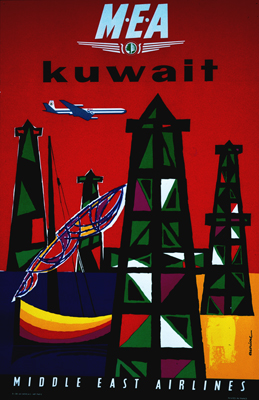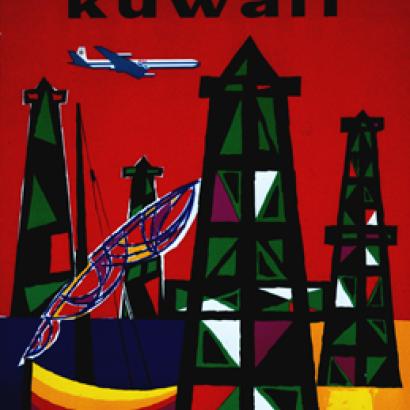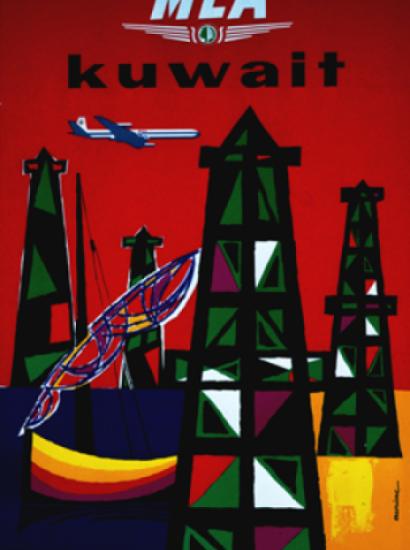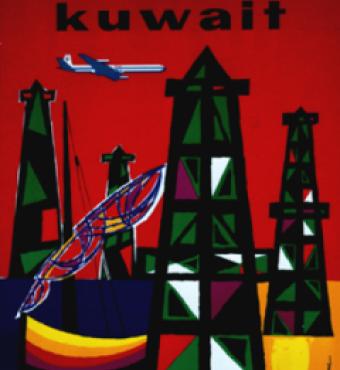
On January 16, 1991, President George H. W. Bush announced the start of armed hostilities with Iraq. Operation Desert Storm, as the Americans called the offensive, followed the five months of Operation Desert Shield, during which American and allied forces from around the world had sailed to the Persian Gulf to evict Iraqi forces from Kuwait. At the start of 1991, Iraqi dictator Saddam Hussein possessed the fourth largest army in the world, numbering over 900,000 troops, and he had as many troops in the vicinity of Kuwait as did the United States and its allies.
Operation Desert Storm began with a prolonged aerial bombardment, the first air campaign in history to employ precision munitions on a large scale. The air campaign initially targeted Iraq’s air defense system, then shifted focus to Iraq’s military installations, communications systems, and forces. The Iraqis, however, were able to preserve many of their ground forces, including sixty percent of their armored vehicles, by concealing them or placing them in populated areas.
After thirty-nine days of bombing, American tanks crossed into Kuwait, and Iraqi armor moved into the desert to meet them. Superior technology enabled the American tanks to locate and destroy their Iraqi opponents long before the Iraqis could see them, and American helicopters destroyed Iraqi tanks at even further ranges with anti-tank missiles. Within a mere one hundred hours, the Iraqi army lay vanquished. American casualties totaled 147, a pittance in comparison with other wars.
The stunning success of Operation Desert Storm was to shape world military affairs for decades to come. The efficacy of American precision weaponry convinced most other nations that they could not hope to compete with the United States in conventional warfare. Devoting greater attention to “asymmetric warfare,” they pursued capabilities such as ballistic missiles and nuclear weapons that could deter or thwart superior American forces. In the ensuing wars in Somalia, Afghanistan, and Iraq, insurgent groups devised new tactics and weapons that impeded the use of American technology. A few peer competitors—China and Russia—sought to catch up with the United States by investing in high-tech military capabilities. They are still trying to catch up today, but are now a good deal closer than they were in 1991.















